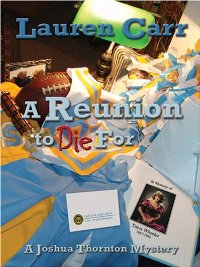 Authors need to know about book publishing, especially if they intend to have their books published. Going into publishing your book based on perceived misconceptions is what leads to mistakes that can sometimes be costly in dollars and your book’s success. Trying to get your book released without learning anything about publishing is like trying to bake a cake without bothering to learn the basics of an oven. If you’re not careful, you’re liable to get burnt.
Authors need to know about book publishing, especially if they intend to have their books published. Going into publishing your book based on perceived misconceptions is what leads to mistakes that can sometimes be costly in dollars and your book’s success. Trying to get your book released without learning anything about publishing is like trying to bake a cake without bothering to learn the basics of an oven. If you’re not careful, you’re liable to get burnt.
First, let’s start with the basics.
Publishing Terms
Below are a list of words used when discussing publishing that every writer hears all the time. However, many new authors assume they know what they mean. These words are thrown about so much by publishers, agents, and authors that many writers are intimidated to ask questions about them for fear of giving away their naivety. (Okay, if I have to be the only author that was afraid to admit I didn’t know what an ISBN was when I started out, so be it!)Well, there’s no need to pretend any longer that you know what authors and publishers are talking about—or make any assumptions.
ARC: Advanced Review Copy: When you traditionally publish, approximately 3-4 months before a book is released, the publisher will send out advanced copies of books to publications, reviewers, or even celebrities. Authors will sometimes offer ARC’s as giveaways or prizes for fans.
The purpose of this advanced release of the book is two-fold:
1. The reviewers are able to read the book and provide reviews, which will come out at the time as the release.
2. In the meantime, the author is reviewing the book for any last minute errors he/or she may catch. For the author, the ARC is their proof. It comes off the same press at the same time as the ARC. On television or in the movies, you will hear authors refer to these as galleys or galley proofs.
When you receive your ARC, you should sit down to read it carefully. A hard copy book reads differently than it does on a computer screen or in loose pages spread out across your bed. This is not the time to make grand sweeping changes, but it is your last chance to catch mistakes. I guarantee you’ll find mistakes. Don’t be ashamed of how many mistakes you do find. It is better to find them now, rather than after your book is released and reviewers posts reviews on Amazon about your typos, which they will do.
Authors who independently publish can also send out ARCs. With Old Loves Die Hard, I had compiled a list of reviewers wanting to review the second the second installment of my Mac Faraday Mystery. When I ordered my proof for Old Loves Die Hard, I simply ordered extra copies to send to them. While I was going over the last proof, these reviewers were reading the ARC the exact same way reviewers get advance reviews ready for traditionally published books. In the same week I approved Old Loves Die Hard for release, two reviewers posted reviews for it on their website.
Advance: An advance is an approximation of what the publisher thinks your book will earn you in royalties in (perhaps) a year. It is an advance payment on those earnings, thus the name. Essentially, an advance is a loan that you don’t pay interest on (and would only pay back in cases covered by the contract). It’s the publisher gambling that there will eventually be money in that book. Usually, the publisher is wrong. According to a New York Time article I read recently, 7 out of 10 titles do not earn back their advance. If you do not earn back your advance, the publisher will not take your next book.
Now, you are an unknown, and by that I mean you do not have paparazzi waiting in your driveway for you to leave your home in the morning. Therefore, the publisher will be expecting you to spend that money on marketing and promotion. Either you can do it yourself or hire a publicist, whatever you have to do to make your book sell enough copies to cover that advance on your royalties. Don’t be expecting the publisher to put any money into the marketing of your book. Unless you’re Dan Brown or Stephen King, they’re not going to be putting anything into promoting your book for you. The publishers only invest marketing money into their authors who are in the top 5 percent of book sales. The rest are on their own. It is going to be your responsibility to make this book a success.
Because an advance is a sort of loan, you won’t start earning royalties until your accrued royalties have earned back that advance. So when you see on the news about Stephen King or Dan Brown getting a multi-million dollar advance, keep this in mind: Those authors won’t be getting any royalties until their books sell enough to cover that advance, and if it doesn’t—It won’t be pretty.
Now you could blow your advance on a cruise or take it to Vegas and have a weekend to remember. The publisher won’t stop you. But, if that book does not earn back what he’s invested in you, then you won’t be able to sell him your next book. If your book is a bomb, your publisher will be passing on the word to the other publishers. They do talk to each other.
Copyright: These days, almost all things are copyrighted the moment they are written, and no copyright notice is required. Registration with the Copyright office provides a documentation of your copyright. You can now register your copyright online with the Library of Congress. Simply upload your file. It does take a long time for them to process it, but that does not mean that your work is not yours until you get your certificate. Your work is still protected even if you have not registered it. The fee is $35.
ISBN/ISBN-13:“ISBN” stands for “International Standard Book Number”. An ISBN is a number, not the bar code. One agency per country is designated to assign ISBNs for the publishers and self-publishers located in that country. In the US that is Bowker. The ISBN identifies the title or other book-like product (such as an audiobook) to which it is assigned, but also the publisher to be contacted for ordering purposes.
The ISBN does not have anything to do with the publisher’s rights to your book. I have had authors think that if they self-publish through CreateSpace and they get the ISBN from CreateSpace that they are handing over their rights to Amazon. No, that is not the case.
When participating in the ISBN standard, publishers and self-publishers are required to report all information about their titles to which they have assigned ISBNs. When an author calls up a bookstore, or a customer calls a store to order your book, then the first thing the bookstore want to know is the ISBN. They type that into their computer and they will get everything they need to know – including the publisher and distributor.
ISBN/ISBN-13 stays with the publisher, and a book can have more than one ISBN.
For example, Five Star Mystery, the traditional publisher for A Reunion to Die For obtained the ISBN for my title. When I re-released the print version through CreateSpace, I couldn’t use the same ISBN/ISBN-13 because the ISBN stayed with Five Star. I had to obtain a new ISBN from CreateSpace. When I published the Kindle version, I got another ISBN from DTP, which is another Amazon company. When I published the e-version with Barnes and Noble Pub-It, I got another ISBN, because Barnes and Noble is yet another publisher. A Reunion to Die For has still another ISBN through Books-In-Motion, who publishes the audio version. A Reunion to Die For has five ISBN numbers from five different publishers, but none of them have any rights to that book. I have all the rights for A Reunion to Die For.
Many authors will buy their own the ISBN/ISBN-13 from Bowkers in order to avoid having a known self-publishing company’s imprint on their book so that it will not be readily identified as an independently published title. When going through CreateSpace, you simply give them the ISBN number and they will place it on the cover. In this case, you will be listed as the publisher with Bowkers. CreateSpace is acting as your printer.
Distribution: When it comes to print publishing, distribution is important. Distribution is sending the printed book to the warehouse or the store to get it on the shelf. The vast majority of bookstores will not carry your book in their store or book you for a book signing, if they can’t get your book from their wholesale distributor. Why? Because they pay a whole lot less for it from the distributor. We’re talking a fraction of the full price. Then the bookstore will turn around and sell it for full price and make a nice profit. The biggest distributors are Ingram and Baker and Taylor.
If your book is not available to the major distributors: Baker and Taylor, Ingram, etc, then the bookstores won’t be able to make your book available to readers. You can shovel tens of thousands of dollars into promotion and have thousands of people calling Books-A-Million begging for your book. But, if it isn’t with their wholesale distributor, they’ll come back to the customer and say, “Sorry, we can’t get it.” If bookstores won’t buy it, it will be harder for customers to get. If your book is hard for customers to get, then they’ll give up and you will lose a sale.
You need to make your book available with the wholesale distributors. If your publisher doesn’t list your book with Ingrams and Baker & Taylor, don’t waste your time. It is the same with E-books. On the e-book side we have Lightning Source who distributes the e-books to the online e-bookstores. Since the wholesaler distributors are buying your book from the publisher at such a discount, then that means that you will get less money per book in your royalties when the book is purchased through the wholesaler.
This is the point at which many new authors will get confused (because it is confusing) when it comes to their royalty statements.
Let’s say an author is expecting ten percent in royalties on their $20 book. They are expecting $2 royalty for every book sold. However, royalties based on wholesale prices (books sold through the distributors) are called net royalties. Things get more complicated here.
Again assume that you’ve written a book that retails for $20, but it is sold to the wholesaler for a sixty percent discount. That means it is now $8. Ten percent of $8 is eighty cents. Many authors forget, or aren’t even aware, of wholesale sales when their book comes out. They will do a quick calculation:
Two dollars per book. A thousand-dollar advance. Sell five hundred books to earn back my advance.
Unfortunately, if the majority of your books are sold through wholesale distributors, which they very well could be, as you can see by the math, you need to sell a whole lot more to earn back your advance.
Marketing and promotion is the process of compelling the readers to go to the bookstore or the online bookstores to buy your book. That is sending out ARC’s to reviewers to get people talking about your book. Sending out press releases to the media. Booking events at bookstores. Booking visits onto blogs. Social marketing on Facebook and Twittering. Designing book markers, postcards, and other media. Getting booked onto author panels at book conferences and book fairs.
Distribution and Marketing are not one and the same.
I had a new author contact me that she was signing with a publisher because they told her that her book was going to be in all the bookstores because it was going to be with the wholesale distributors. I thought, “Hmm, my books are with the distributors but they’re not in every bookstore.” During further conversation, I came to find that by the publisher telling her that her book was going to be sent to the wholesale distributor, she thought that meant that her book was automatically going be on the bookshelves in every bookstore. She was envisioning seeing her book on display right inside the door at Barnes and Noble.
She was confusing distribution with marketing. She is not alone. Many authors will do this.
When a publisher tells you that your book is going to be listed with Baker & Taylor and Ingrams and available to all the bookstores, that means your book will be available for them to purchase. That is distribution, it is not marketing.
Print on Demand (POD), sometimes called publish on demand, is digital printing. It is a printing technology and business process in which new copies of a book (or other document) are not printed until an order has been received. “Print on Demand” was developed only after digital printing began because it was not economical to print single copies using traditional printing technology.
Many traditional small presses have replaced their traditional printing equipment with POD equipment or contract their printing out to POD service providers.
Many small publishers use CreateSpace as a printer. Their cover designer actually has a spot on the cover for publishers or independent authors to place their own logo. The advantage of Print on Demand for self-publishers and small presses is that they don’t have to invest in a large inventory. Before print on demand, self-publishers or small presses would have to shell out of pocket thousands of dollars to print up an inventory of say 500 books. Then, if those books didn’t sell, they would be out that money and have a warehouse full of books.
Another advantage of print on demand, is that if the author or publisher finds a glaring mistake in the book, then they can more readily fix it. All they do is make the correction on the file and upload it. From that point forward, any runs that are made will have the corrections. Of course, you can’t do anything about the copies that have been printed and are in distribution, but it is better than having to wait for a second printing, which authors would and still have to do with the major publishers.
I heard about an author whose traditional publisher failed to make the corrections she had requested from her proof. We’re not talking about one or two missing commas or period. Somehow her requested changes had slipped through the cracks and the publisher released the uncorrected proof to the public. Thousands of copies had been printed and sent to the distributors. All the publisher told the author was, “Oops. Sorry.” There was nothing they could do. Since she was new and unknown they didn’t think she was worth the investment of throwing out all those thousands of books and printing up new copies of the corrected version.
Print on Demand is so cost effective, especially for a small print job, that some companies are courting bookstore to purchase POD machines that will actually print the book in the store while the customer waits. As you can in this video, the Expresso Book Machine is a little bit larger than a copier and works almost as fast.
I’m sure there are words that I have missed, but these are the ones that I have been asked most frequently about. If I have missed any that you would like to know about, or even think that other authors should have clarification on, please let me know.
Now, young author, you are fully arms for your next conversation with publishers, agents, or even other authors. Go forth now and prosper.
Come back next week for my posting which will give you the low down in traditional publishing and the pros and cons of pursuing this route.
Get an Editorial Review | Get Amazon Sales & Reviews | Get Edited | Get Beta Readers | Enter the SPR Book Awards | Other Marketing Services



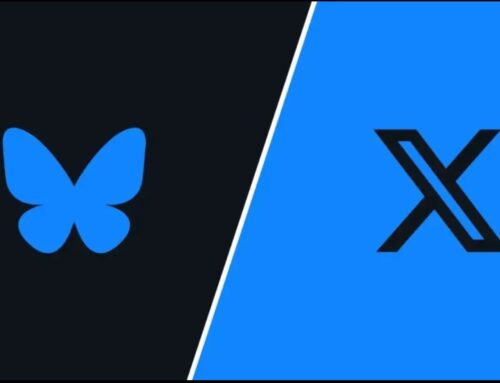
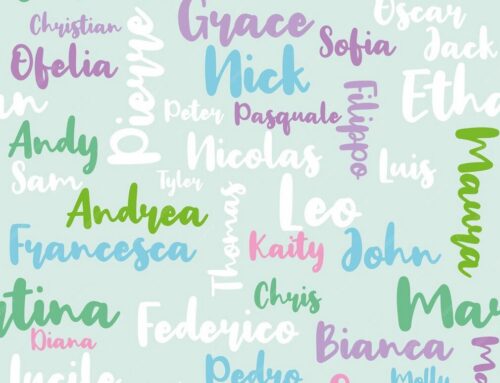

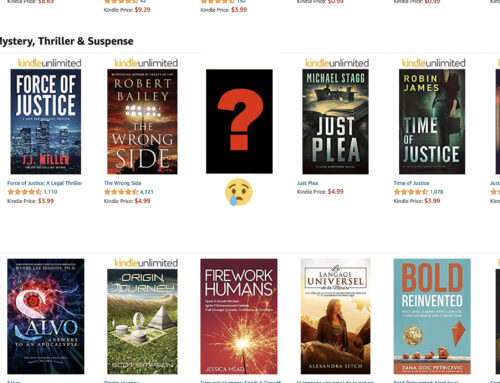
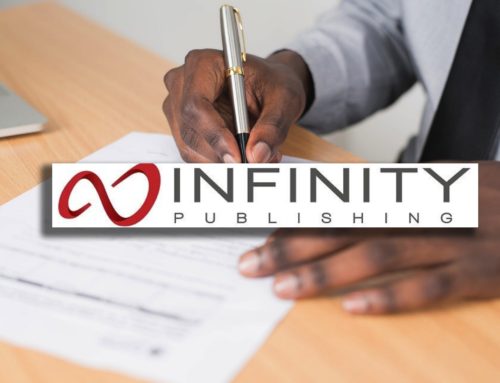
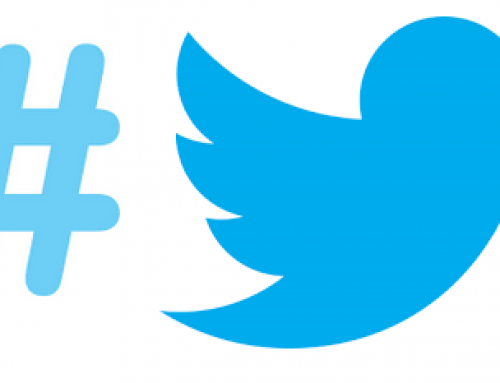
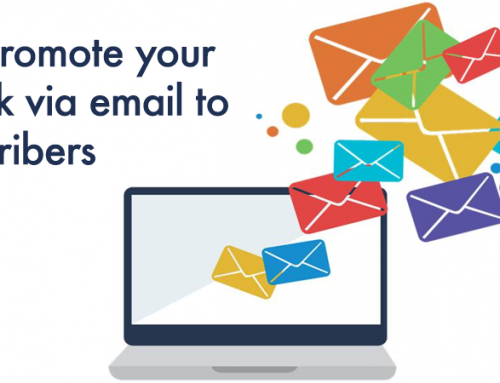
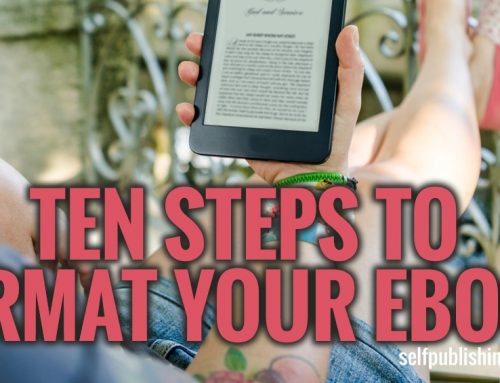
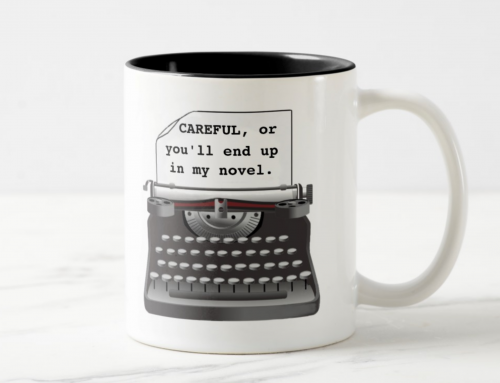
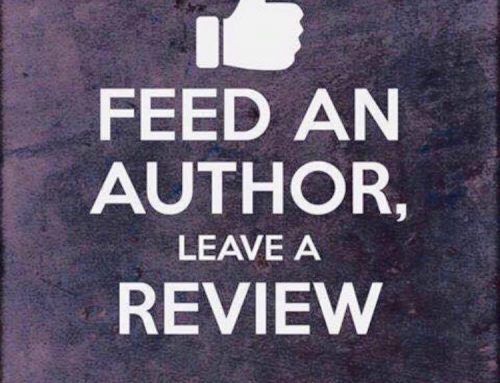
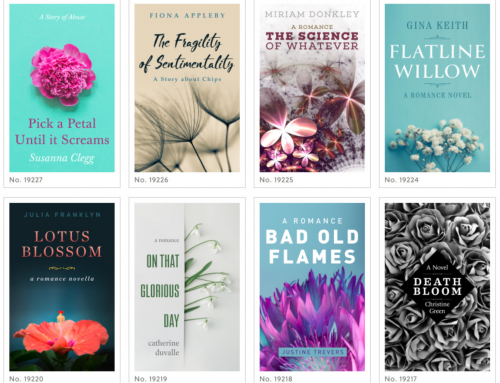
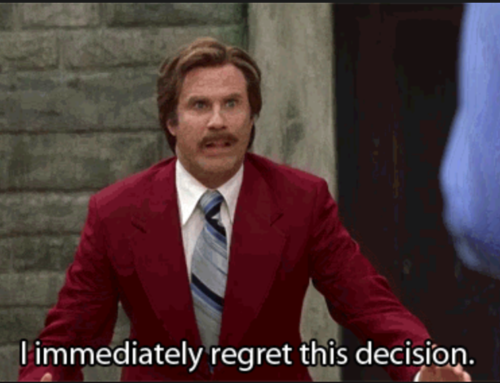
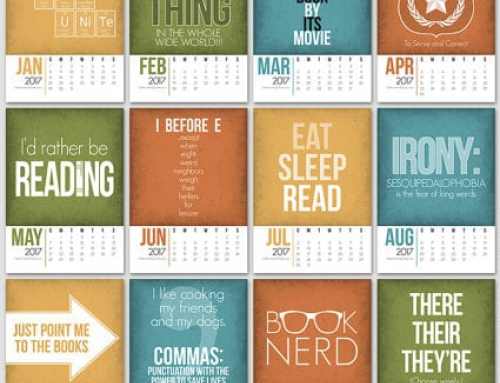
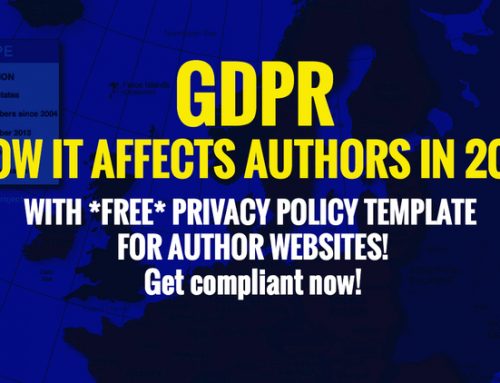
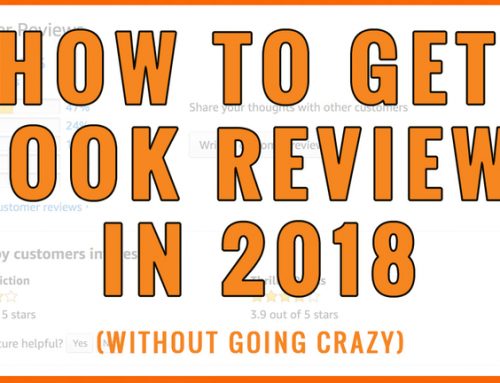
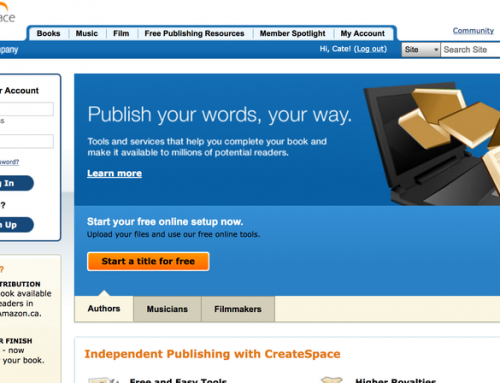
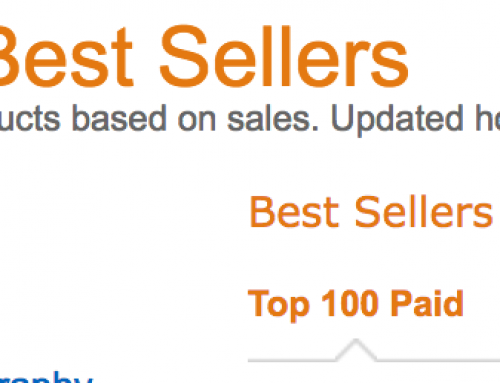

Lauren, what you’ve written is quite interesting. It also confirms, though, that I don’t want to have anything to do with the traditional publishing world. The independent publishing world is difficult enough. I’m glad to see you’re an active member and director of the Association of Independent Authors.
Thanks, Ron! I’m proud to belong to AiA! We’re changing the face of publishing.
Excellent and informative!